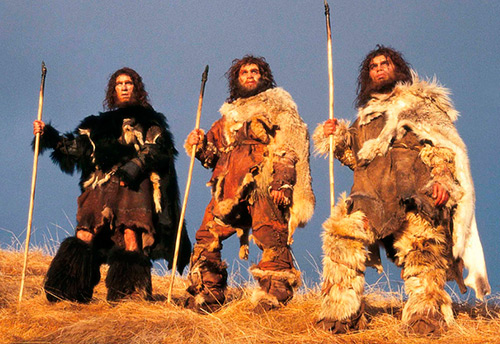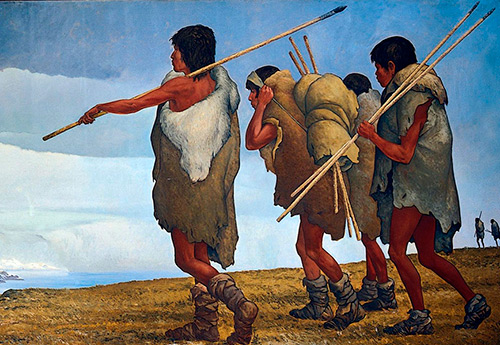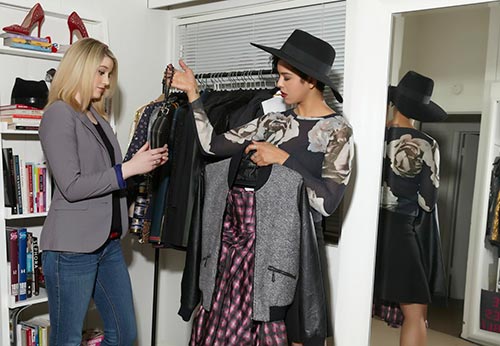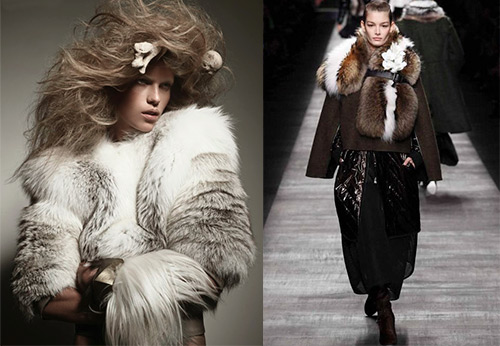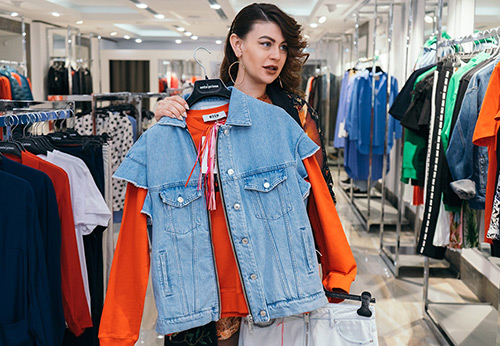Style
The profession of a stylist in history and modernity
The profession of a stylist, if we talk about a stylist-image maker, is considered a new trend and only today is becoming widespread, which reaches an ordinary person.
Although the first stylists appeared in antiquity, then it was not an independent profession, but only important and useful knowledge. For primitive peoples, individualization in appearance played a significant role, for example, tribal leaders attracted attention to determine their status, clothing also served as a reflection of customs and faith.
If you delve into the history of clothing based on the research of various scientists, you can determine the approximate dates when the first clothing appeared. But it is impossible to determine exactly what the clothes of our distant ancestors looked like. The rock paintings give a vague idea, and the clothes themselves have not survived, not even fragments remained.
The problem is that neither the tissues, nor the skins, nor the leaves of plants survive for such a long time. During excavations, archaeologists find dishes, tools, jewelry, but just not clothes.
They are trying to solve the problem in two ways, firstly, with the help of drawings on rocks in caves. And also with the help of an analogy with tribes that have preserved the ancient way of life, as if they had remained in the Stone Age. Now there are few such tribes, but back in the 19th century, researchers often met primitive peoples. Photos and records have been preserved, on the basis of which the reconstruction of the clothes of ancient peoples is carried out.

Origin of the word stylist
Let's go back to the stylists. The term "stylist" was born in ancient times, and, oddly enough, applied in the field of literature, since "stylos" in translation from Greek means "writing stick". The term was used to designate a person who owns the art of writing.
In ancient chronicles, you can find the initial mention of this profession. The trendsetters in ancient Greece were empresses and members of the family of rulers, who devoted a lot of time to the image.
The next example is the famous Genghis Khan. The first great khan of the Mongol Empire. The shaman of the ruler, whose name was Tab-Tengri (Kokechu), was a kind of image-maker of Genghis Khan. The shaman gave advice on changing the name, image, appointing a new title, which was a mind-blowing PR company of that time and played a significant role in the formation of the great khan.
Subsequently, the shaman became so arrogant that at times he began to consider himself equal to Genghis Khan himself. All this ended very sadly for the shaman, but this is a completely different story. The main thing is that Genghis Khan became great in many ways was helped by a correctly selected image, which later grew into a personal brand, imprinted for centuries.
In the 17th century - Louis XIV The Sun King, a dazzling French ruler, was known for his chic outfits. The favorite favorite of the king, the Beauty Atenais de Montespan, set the tone for the courtiers. Her outfits were luxurious and shaped. The favorite adored gold brocade, diamonds and embroidery with gold threads.
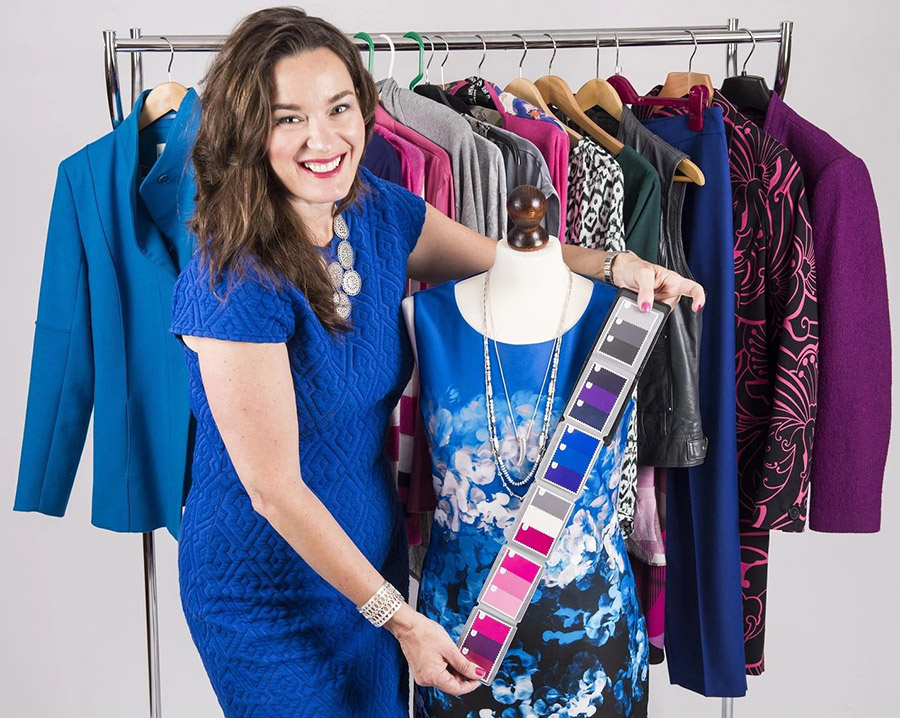
Stylist in the modern fashion industry
The profession of image making, as a specialist who is professionally engaged in creating a harmonious image in accordance with the goals of the client, lifestyle and other aspects, began to emerge at the beginning of the XX century.
The very concept of fashion, before the development of the textile industry, existed only through ateliers or individual tailoring. With the advent of mass automation of labor and garment factories, making garments becomes cheaper and spreads all over the world.
Television developed rapidly and began to actively influence people's lives.It required the creation of images for the stars and presenters on television, which are pleasing to the eye and inspire confidence. The services of stylists were used by politicians, actors and show business stars.
I would like to note that in the 1950s, the first trendsetters appeared, followed by the bureau trend, that is, fashion forecasting and the study of consumer behavior moved into a separate direction.
Gradually, schools for teaching fashion and style began to appear. Giulio Marangoni is a prime example. In 1935 he founded Istituto Artistico dell or the Marangoni Institute of Artistic Clothing in Milan. It is a fashion technician training school that works and teaches professionals these days.
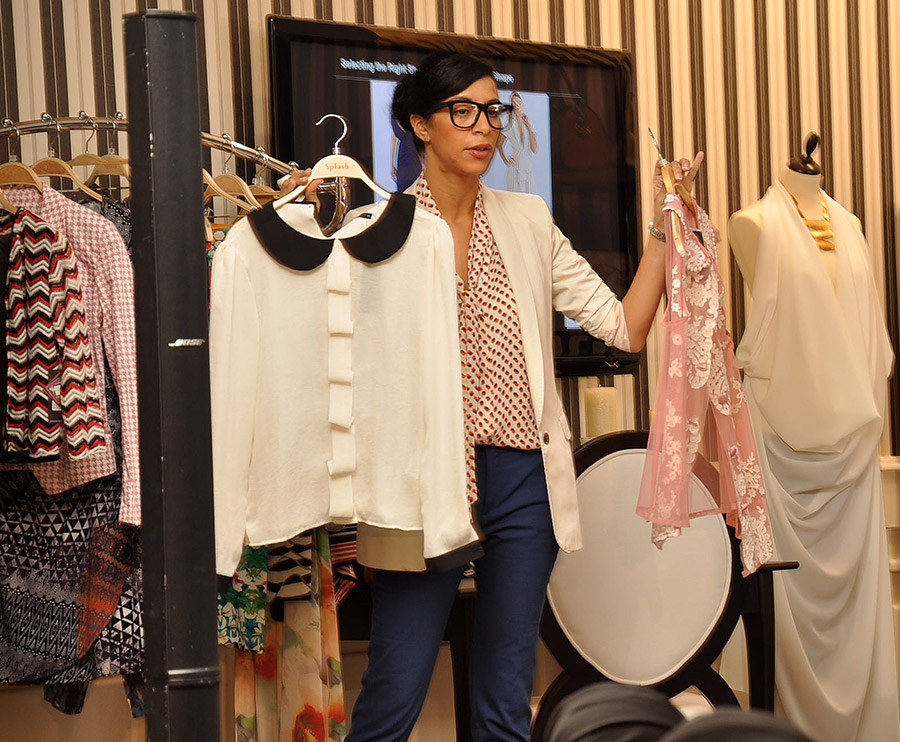
In a later period, globalization erases boundaries and traditions. As a result, residents of different countries begin to follow the same fashion trends. This can be clearly seen on the pages on Instagram. At the same time, fashion considers individuality as one of the main trends.
Today stylists are becoming more and more in demand among ordinary people. The abundance of clothing brands leads to selection difficulties. Unnecessary things are bought up that do not work in the wardrobe, do not decorate, not to mention individuality and their own style.
Styling experts advocate and encourage the concept of sustainable consumption and respect for the environment. It's just unrealistic to quickly change the fashion industry to make clothes. Fashion is a lot of large, medium and small businesses, everyone wants to make money and fight for the client in every way.
But in any case, the trend towards rational consumption and rational wardrobe will gain popularity. Fashion brands will be forced to take this phenomenon into account in their strategic development plans. For example, H&M has a recycling program for outdated items, Adidas makes sneakers from recycled waste, and many designers produce completely sustainable collections.

At the same time, everyone should understand that not only producers but also consumers are responsible. We all need to learn to make more informed purchases. In general, this is a utopia, comparable to the fact that all over the world will learn to control their appetite and there will be no obese people. Although it is still necessary to strive for reasonable consumption, it will first of all make your life better - it will save money and make you look more beautiful.
Therefore, the profession of stylist-image maker will be relevant and in demand in the future. In this profession, you can make many interesting acquaintances, realize your creative ideas and contribute to the improvement of the world. The more stylish people around, the more beautiful our cities!
Daria Zonova
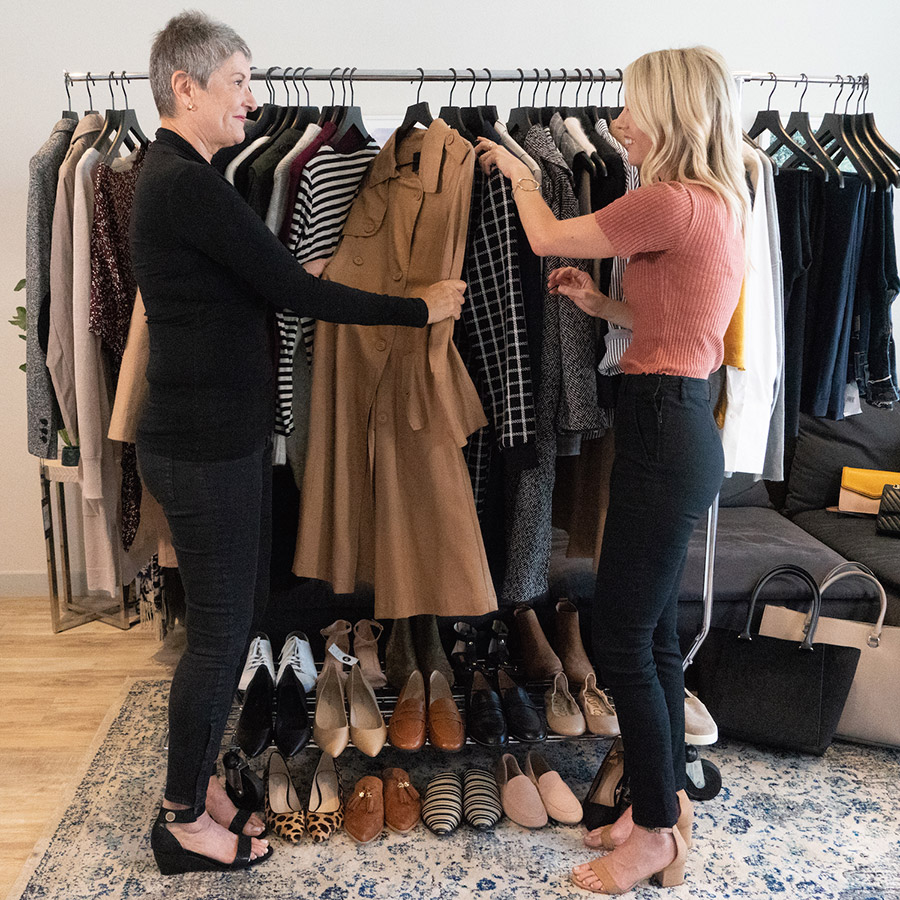
Comments and Reviews
Add a comment
Rating news
Shades of clothing that make women look younger
What shades of hair make women younger: rules and photos
Funny wedding dresses - photos and ideas
12 most expensive down jackets for the winter
How to look 25 at 40: tips from supermodels
Beautiful schoolgirls
Anti-aging haircuts and hairstyles for women
Fashionable skirts for autumn and winter
Fashionable women's trousers for the cold season
Fashionable and stylish sandals for summer 2024
Spring-summer 2024
 Fashionable dresses and tops with thin spaghetti straps
Fashionable dresses and tops with thin spaghetti straps
 Bandana tops: how to wear stylishly and beautifully
Bandana tops: how to wear stylishly and beautifully
 How to put together the perfect men's wardrobe for the summer
How to put together the perfect men's wardrobe for the summer
 Fashionable shorts for spring-summer 2024
Fashionable shorts for spring-summer 2024
 Fashionable skirts for spring-summer 2024: a guide to online shopping
Fashionable skirts for spring-summer 2024: a guide to online shopping
 The most fashionable dresses spring-summer 2024: styles and colors
The most fashionable dresses spring-summer 2024: styles and colors
 Fashionable total look 2024: ideas of images and trends
Fashionable total look 2024: ideas of images and trends
